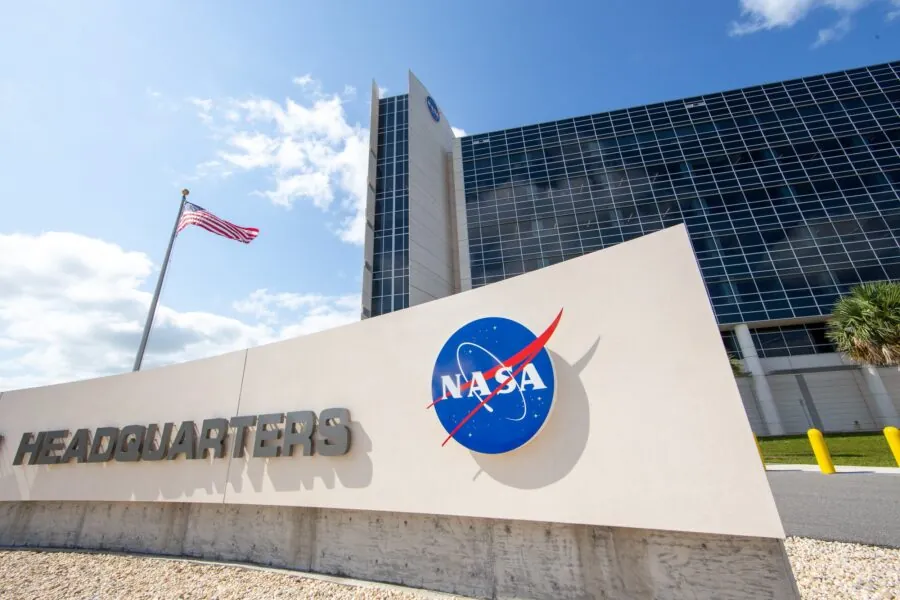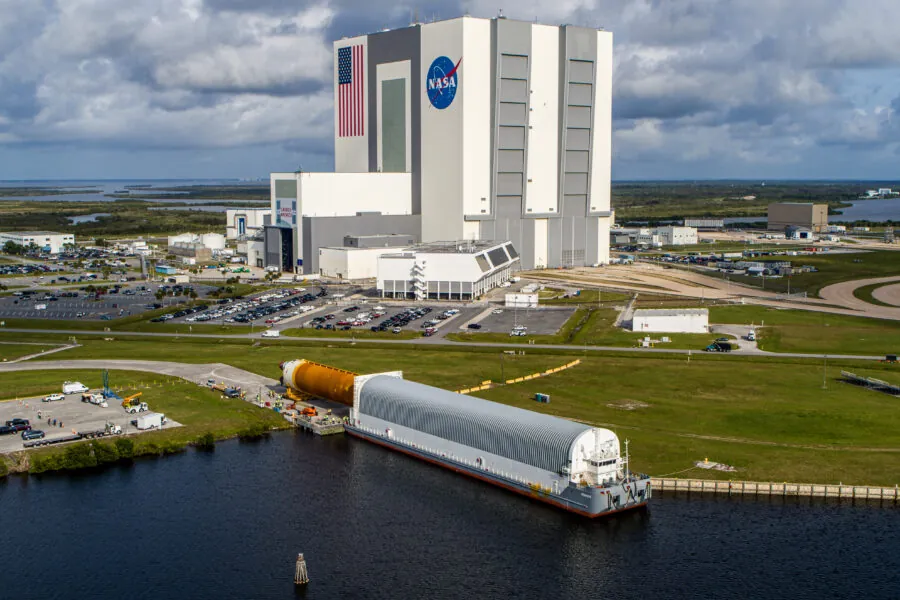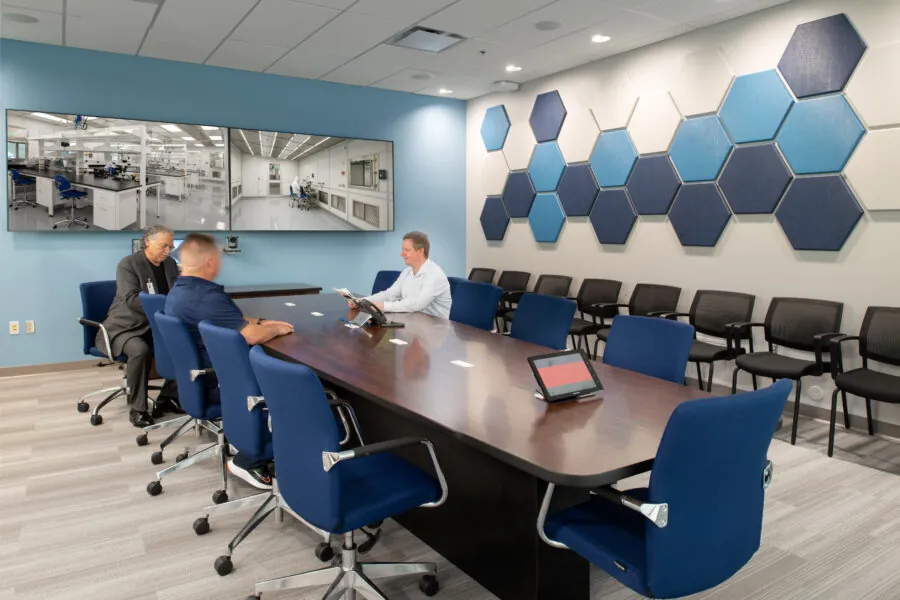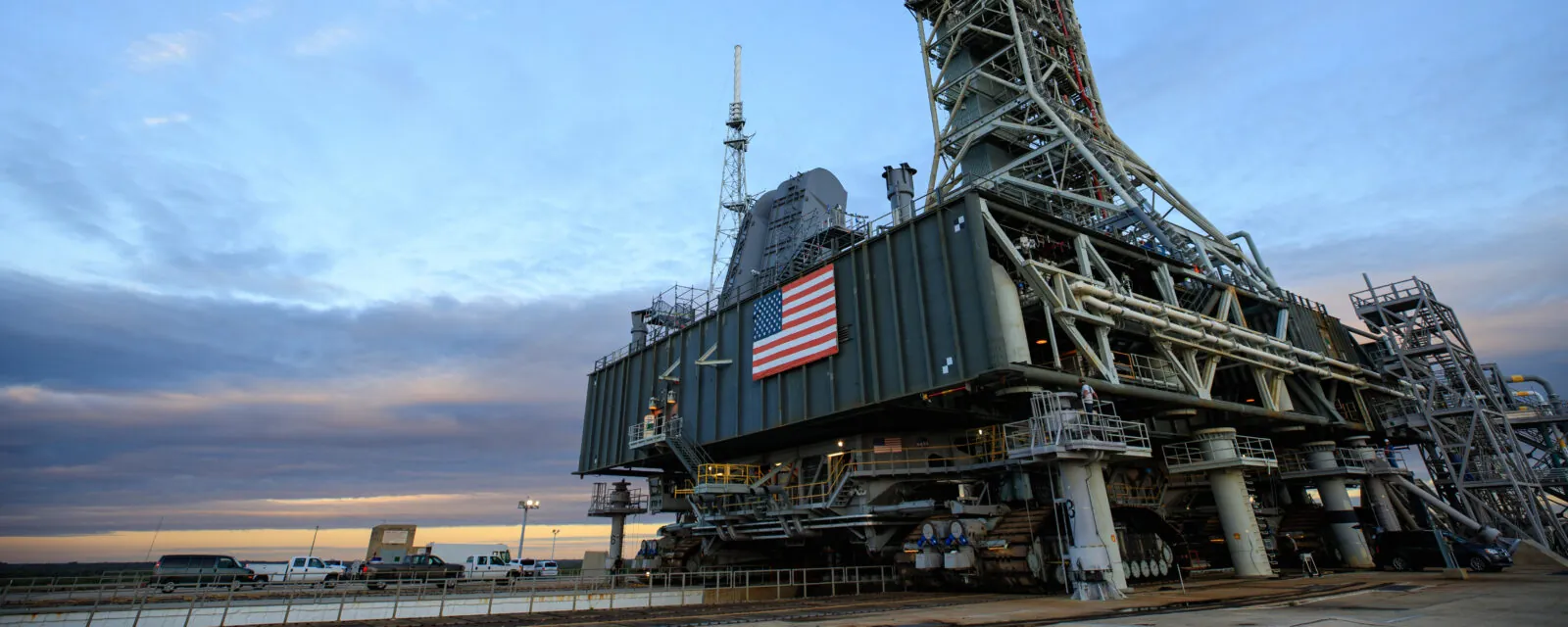
Mobile Launcher 1 Modifications for Artemis II
Project Details
Solutions
Location
Merritt Island, FL
Client / Owner
NASA
Kennedy Space Center
Focus Areas & Services
Image source: NASA
The mobile launcher (ML) is designed to support the assembly, testing, check out, and servicing of NASA’s Space Launch System (SLS) rockets, and transfer SLS to the launch pad while serving as the launch platform. Our prior experience designing the Apollo-era and Space Shuttle mobile launch infrastructure informed the framework for stakeholder engagement to ensure accommodation of life safety, human factors, and coastal, launch, wind, and hazardous environments for the successful design of modifications to all structures and facilities. NASA has cited the exceptional RS&H performance on the job with <1% cost growth and di minimis schedule slip across the almost year long project versus NASA’s past experience with complex one-off projects where >10% growth in schedule and cost are typical.
Launch engineering and design
RS&H provided architectural and engineering services to convert the Crew Launch Vehicle (CLV) Mobile Launcher (ML) for use with the Space Launch System (SLS) launch vehicle. The 355-foot-tall ML structure contains several subsystems including propellant and gases systems, umbilical arms, electronic control systems, communication systems, and access platforms. The ML has a two-story base: 47 feet high, 165 feet long and 135 feet wide. Empty weight when outfitted with support equipment is around ten million pounds. The Tower is 40 feet square, 355 feet tall and weighs approximately 6,750,000 pounds.
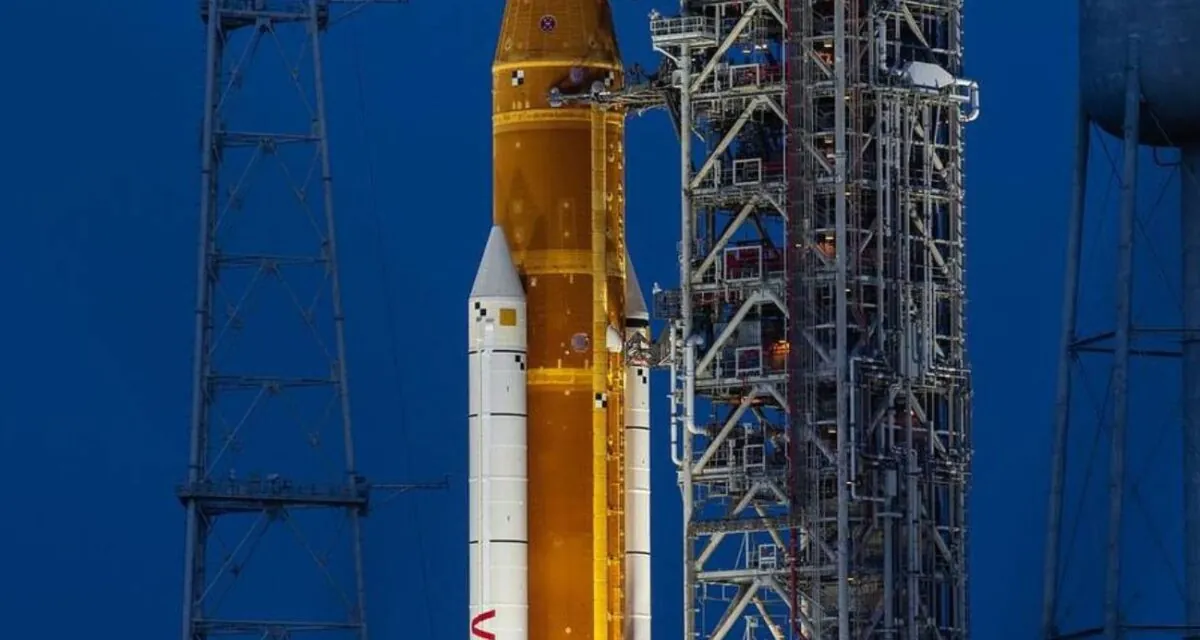
RS&H completed multiple ground support system equipment designs, several facility and structural designs, and associated modifications to accommodate the new platforms to support the emergency egress system, ground cooling system, crew access arm access, structural support interfaces for the new platforms, relocation of crawler transporter pick-up points, accommodations for new cameras, new crew emergency locker, and installation for the launch release system cabinet. The ML took about two years to construct. The RS&H and NASA team discussed engineering services during construction on this project and agreed the time spent during design, focusing on constructability, led to an efficient construction project.
Note: All imagery shown is in accordance with NASA’s usage guidelines and can be found on Flickr.

